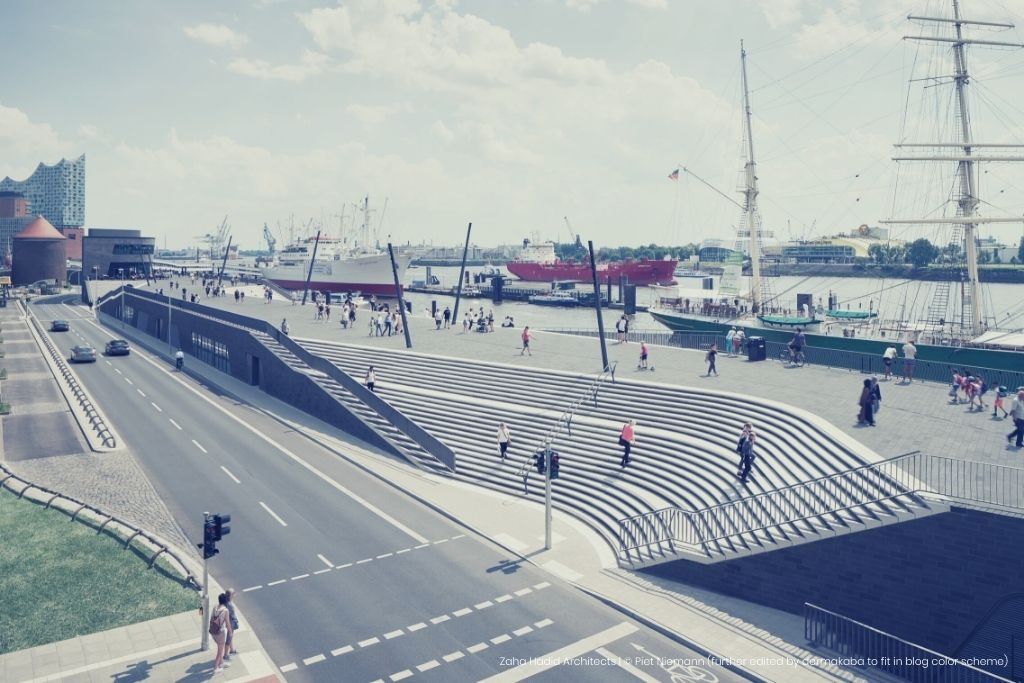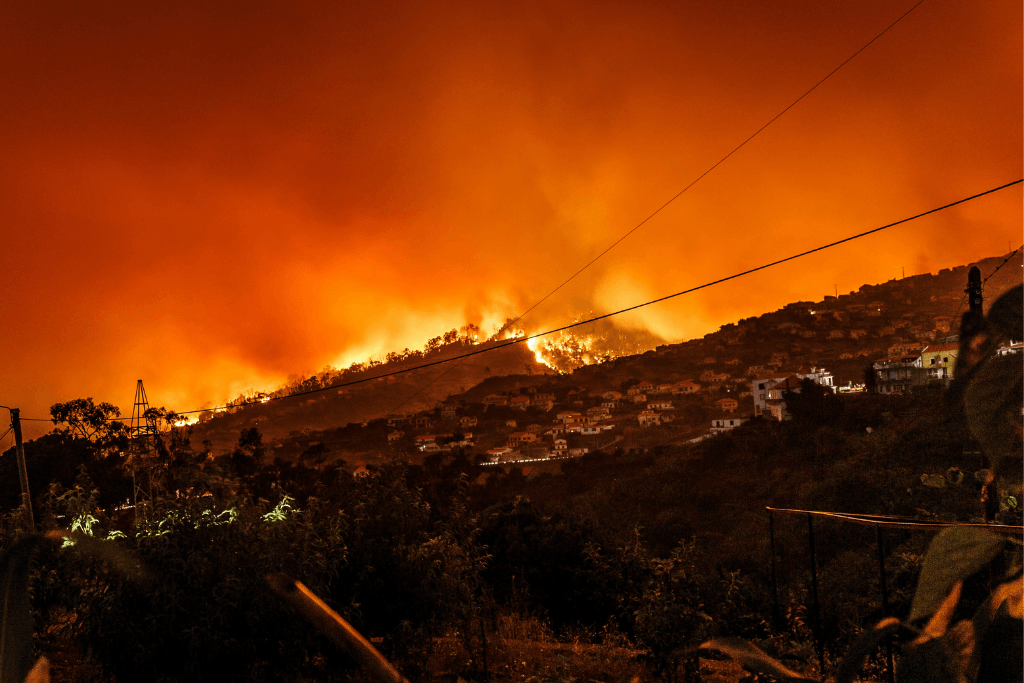Floods are among the most common and destructive natural disasters. They affected more than 2 billion people worldwide between 1987 and 2017, according to the World Health Organization. As floods keep increasing in frequency and intensity due to climate change, flood-proof architecture is becoming an issue of growing importance.
Floods can occur due to anything from excessive rain, glacier melting, tsunamis, or dam rupture. Thus, there are almost no places in the world where this disaster isn’t a concern. However, especially with the rising sea levels and extreme weather patterns, flood-proof architecture is an increasingly vital solution to mitigate this disaster’s risks.
The methods that flood-proof architecture design employs to protect people depend on their respective land risk profiles. However, standard flood-proofing techniques include elevating a building, erecting permanent barriers, and, more increasingly, ecological design to soak up the excess rainfall.
The following are four examples of flood-proof architecture in parts of the world with unique flooding risk profiles. They each serve a different purpose, employ techniques informed by their own geographies, and showcase various scales.
1. An Ecological Wetland Park in China
Situated on a 26-hectare land hugging three rivers, Yanweizhou Park of Jinhua City in China sits on a high-risk spot for floods. However, Turenscape Landscape Architecture translated these risks into a poetic landscape.
The site, which was the home of an unattractive concrete floodwall, is now an award-winning wetland park. Its terraced landscape resembling rice fields absorbs floodwater, which nourishes the park’s plants throughout the year.
2. An Art Museum in the US
The flood-proof architecture of the Crystal Bridges Museum of American Art in Arkansas boasts an unlikely combination: The museum, which was designed by Safdie Architects, double-functions as a dam.
Two suspended-cable-and-timber bridge-like structures span the ravine, creating two ponds. Thus, any excess rainfall collects in these mini dams to mitigate the risk of flooding. These semi-natural ponds protect the museum, provide dramatic vistas to galleries, while inviting the visitors to think about the relationship between water and people.
[…] it was all about this seamless integration with nature.
Alice Walton, founder of Crystal Bridges about Mishe Safdie’s work
3. A Sculptural Promenade in Germany
The sculptural Niederhafen River Promenade in Hamburg in Northern Germany was an integral part of the city’s flood prevention upgrades. Built by Zaha Hadid Architects, the structure replaced the dilapidated systems from 1964.
The structure flood-proofs Hamburg while also elevating the city center. The promenade’s elegant design also incorporates staircases like an amphitheater, a three-story restaurant, and shops at street level.

4. A Flood-Proof Family Home in Vietnam
Flood-proof architecture doesn’t have to be just large-scale projects, as evidenced by this humble family home in Vietnam.
In the country’s north-center Nghệ an Province, flooding is a common problem, and the water levels can reach 150 centimeters. Hence, the local firm Nha4 Architects designed a flood-proof house for a retired couple and their son to be safe from it. “In the past, the family had to live temporarily in a neighborhood shelter when it flooded, so we raised this new building 150 centimeters above the ground,” said architect Nguyen Khac Phuoc.
The modest house used local materials and techniques to cantilever a previously unsafe structure.

As floods are impacting communities of all geographic, cultural, and economic backgrounds, flood-proofing is no longer a concern for only waterfront settlements. With this rising awareness in building and construction circles, we’ll likely keep seeing many more examples of flood-proof architecture of various scales in the next coming decades.




